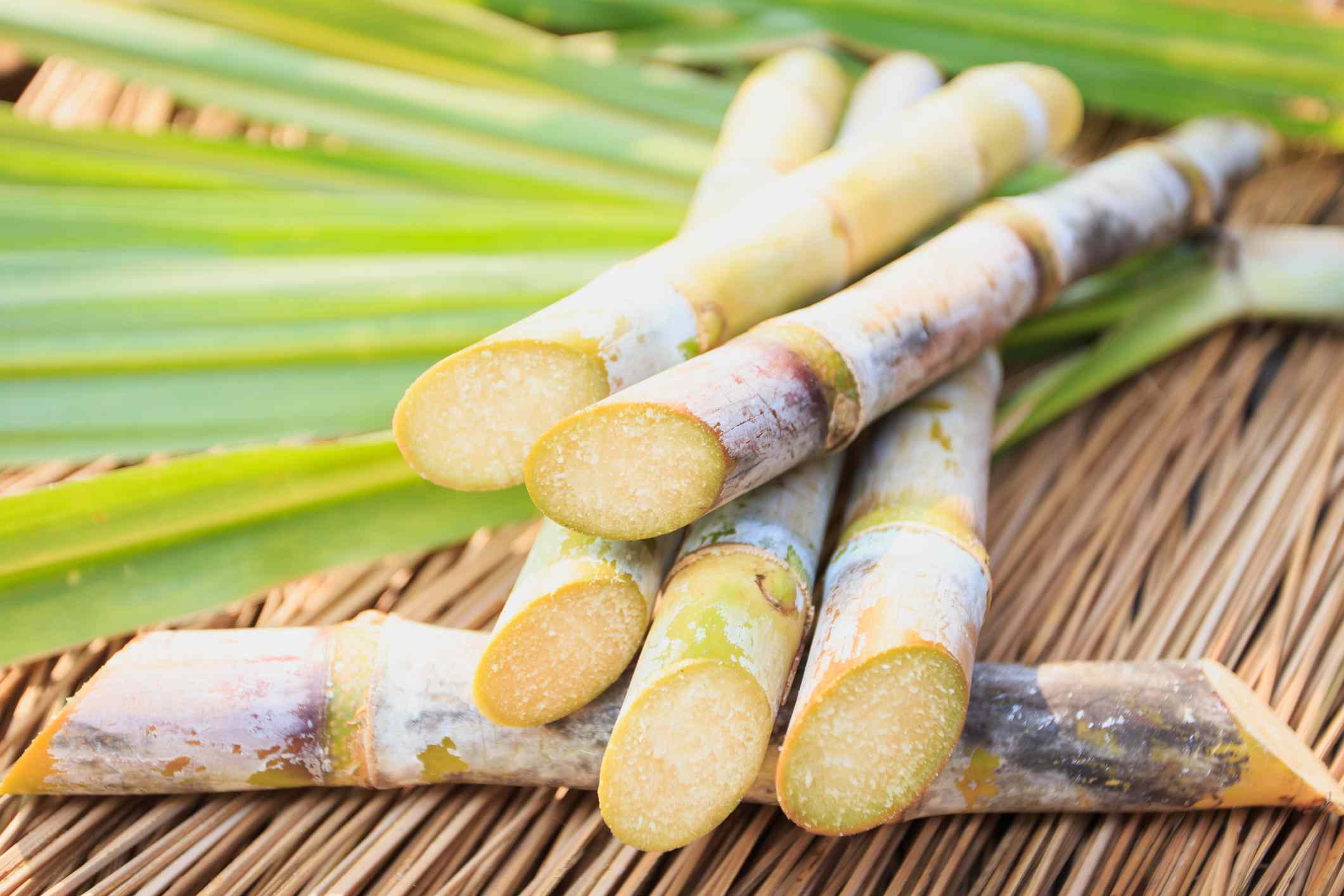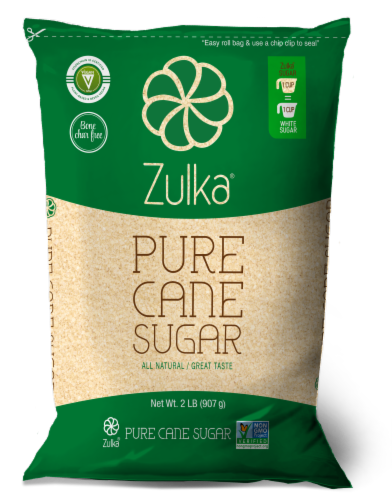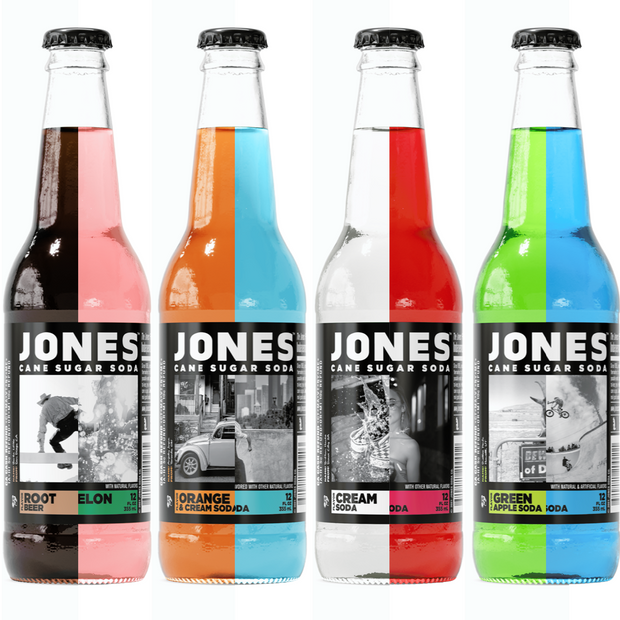Discovering the Comprehensive Tips Associated With Walking Stick Sugar Handling From Harvesting to Refinement
The process of walking cane sugar production includes a collection of intricate steps, starting with the mindful harvesting of sugarcane and culminating in the improvement phases that guarantee the last item meets market criteria. Each stage, from the extraction of juice to the filtration and formation procedures, plays an important duty in establishing the quality and character of the sugar.
Gathering Sugarcane
Gathering sugarcane is an essential action in the cane sugar processing chain, as it directly affects the top quality and return of the last item. Correct timing and strategies are essential throughout this stage to make certain optimum sugar web content and decrease losses. Commonly, sugarcane is collected when it gets to maturation, typically 12 to 18 months after planting, identified by a high sucrose focus.

Post-harvest, the sugarcane has to be processed swiftly to avoid sucrose destruction. Preferably, collected cane should be transported to refining centers within 1 day to maintain sugar top quality. As a result, efficient logistical planning is critical to keep the stability of the gathered crop throughout the supply chain.
Removal Refine

The crushed walking cane is subjected to a collection of pressing procedures to optimize juice recovery. Normally, warm water is splashed onto the crushed walking cane, creating a countercurrent circulation that helps liquify the sugar while additionally helping in the extraction procedure. The juice collected from this procedure contains not only sugar but likewise different natural compounds and pollutants.

To enhance extraction effectiveness, some facilities might use diffusion techniques, where the sugarcane is saturated in warm water, enabling the soluble sugars to diffuse right into the fluid. The resulting juice, abundant in sucrose, is then guided to subsequent handling phases, laying the structure for purification and improvement. The removal process is thus pivotal in identifying the high quality and yield of the last sugar product.
Filtration Strategies
The filtration strategies utilized in walking stick sugar processing are crucial for changing the raw juice right into a high-grade sugar item. These approaches mostly aim to remove impurities, such as dirt, plant products, and inorganic compounds, which can negatively affect the end product's flavor and color.
This process involves including lime and warmth to the raw juice, which assists in the coagulation of pollutants. Additionally, the usage of phosphoric acid can improve the clarification procedure by further binding contaminations.
One more significant strategy is carbonatation, where carbon dioxide is introduced to the made clear juice. news This reaction produces calcium carbonate, which catches remaining contaminations and promotes their elimination.
Additionally, activated carbon therapy might be related to adsorb any kind of staying colorants and natural impurities, making certain a more polished item. The combination of these techniques effectively prepares the sugar juice for subsequent steps in the refining process, setting the phase for the manufacturing of high-grade walking cane sugar.
Formation Techniques
After the filtration phase, the following essential action in walking stick sugar handling involves crystallization techniques, which play a crucial role in transforming the cleared up juice right into strong sugar. This process usually uses two main techniques: spontaneous condensation and regulated formation.
In spontaneous crystallization, supersaturated sugar services are enabled to cool down normally, leading to the development of sugar crystals over time. This approach permits for the consistent development of sugar crystals and greater pureness.
Throughout crystallization, the clarified juice is concentrated through evaporation, increasing its sugar content till it reaches supersaturation. As soon as this factor is accomplished, either method can facilitate the formation procedure. Cane Sugar Processing. The resultant sugar crystals are then divided from the continuing to be syrup with centrifugation
Eventually, the choice of formation method influences the quality, dimension, and purity of the last sugar product, making this action essential in the total cane sugar processing procedure.
Improvement and Packaging
How can the pureness and quality of cane sugar be further enhanced after formation? The improvement process plays a critical function in attaining high-quality walking cane sugar.
Following, the sugar is subjected to a procedure called centrifugation, where it is rotated at broadband to separate the detoxified sugar crystals from This Site the staying fluid. After centrifugation, the sugar is frequently additional improved via a technique called carbonization or phosphatation, which makes use of turned on carbon look here or phosphoric acid to eliminate color and off-flavors.
As soon as refined, the sugar is dried to accomplish the preferred dampness web content, guaranteeing that it continues to be secure during storage and transportation. The final action entails packaging the refined sugar in impermeable and moisture-proof containers to maintain its quality and avoid contamination. Cane Sugar Processing. Appropriate product packaging not only extends service life however likewise assists in simple handling and circulation, making certain that customers obtain sugar that fulfills the highest standards of purity and quality
Verdict
The comprehensive actions associated with walking cane sugar handling, from the thorough harvesting of sugarcane to the detailed improvement and packaging stages, underscore the significance of each phase in ensuring premium sugar production. Optimal harvesting techniques, reliable removal techniques, and extensive purification processes jointly add to the last product's purity and stability. The formation and succeeding packaging practices better boost the honesty and life span of the sugar, highlighting the complexity and precision inherent in this vital agricultural sector.
The procedure of walking stick sugar production incorporates a collection of complex steps, beginning with the mindful harvesting of sugarcane and finishing in the refinement stages that ensure the final item fulfills sector criteria. Ideally, harvested walking cane must be delivered to processing facilities within 24 hours to preserve sugar quality.In spontaneous crystallization, supersaturated sugar solutions are permitted to cool normally, leading to the formation of sugar crystals over time - Cane Sugar Processing. The improvement process plays an essential role in attaining high-grade walking cane sugar.The extensive steps entailed in walking cane sugar handling, from the precise harvesting of sugarcane to the intricate improvement and packaging stages, emphasize the value of each phase in making sure top quality sugar manufacturing